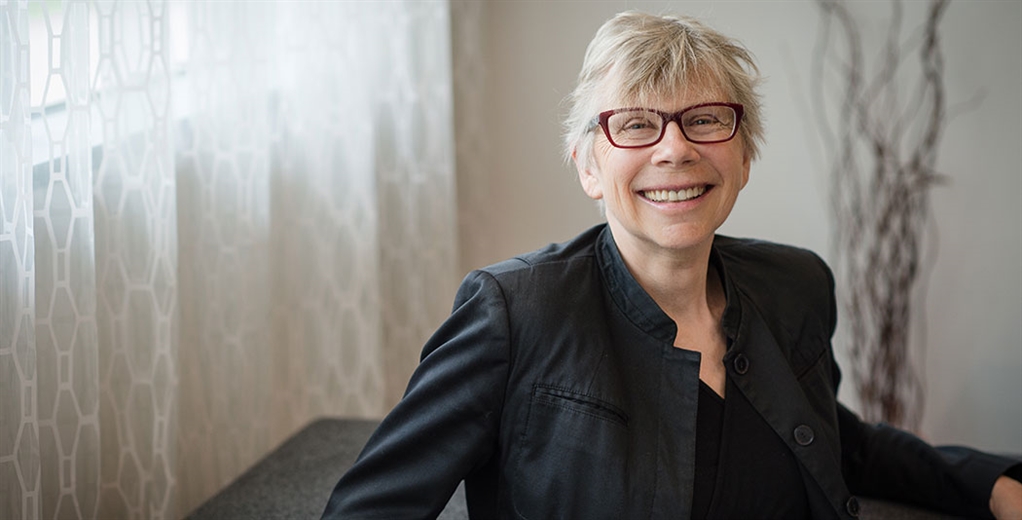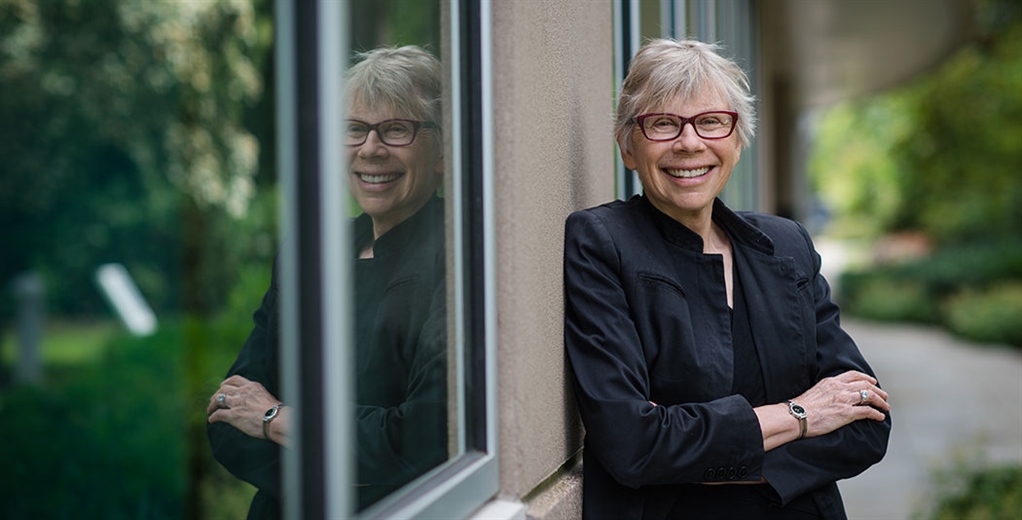
Empowering Companies to Innovate with Critical Thinking
One Woman, Many Hats
Workplace theorist, empirical champion, innovation strategist, user experience researcher, critical thinking expert, academician, public speaker, author, philosopher — these are just some of the many, different hats Connie Missimer has worn through her rich and diverse career. However, if you listen to Connie talk about her life, you can’t miss the common thread that weaves all these experiences together — her passion for critical thinking, analysis and research. It was this interest in how the human mind works and learns that led Connie to apply for a job with the Learning group at Microsoft in 2003. Armed with a strong academic background, published books on critical thinking, and work experience at hot, new, local start-ups, Connie should have been full of confidence as she headed for her interview with the company. On the contrary, she was very nervous.
"The tech industry was known for its young workforce, and as an ‘older’ worker I was extremely anxious and self-conscious as I walked into my first interview at Microsoft."
|
However, the interview turned out to be very different from what Connie had expected. Her interviewer didn’t seem to care about her age at all. Instead, he was very interested in and impressed with her background and their conversation turned out to be a great exchange of ideas and information. The whole experience left such a good impression on Connie that when she finally received an offer from Microsoft, she didn’t think twice about accepting it. The experience also fueled her interest in the psychology and science of aging, and advocating for older employees.
Adding User Experience Research Skills to the Toolkit
Connie spent the next eight years at Microsoft. Her career trajectory at the company took her from the Learning group to user experience researcher roles in the nascent Table group, and finally, to the Windows team. In both the Tablet and Windows organizations, Connie had the opportunity to learn and play with the full gamut of user research techniques, further expanding her knowledge and skill-set in this exciting, new area which would serve as the stepping stone for her next role and future career.
As a high-performing and accomplished employee at Microsoft, Connie was the recipient of three patents and won the company’s prestigious Innovation award for a family telepresence product. However, ask Connie about her highlights at Microsoft and as a true people’s person, she talks about how much she cherishes the connections and friendships she built during her time at the company.
"One of my favorite things at Microsoft was the ethnic diversity I got exposed to — I had the privilege to work and make friends with people from many different backgrounds and countries.">
|
Broadening Impact and Influence at AT&T
In 2011, Connie came across an opportunity at AT&T which would allow her to collaborate with and advise multiple cell phone and tablet partners, such as Samsung, HTC, Microsoft and Google on making their products more user-friendly. The broad scope of the role with the potential to impact and influence multiple operating systems, devices and OEM partners excited Connie, and she accepted the position. As at Microsoft, Connie thrived at AT&T, winning several patents and dozens of awards at the company.
While at AT&T, Connie put her knowledge and interest in championing for older employees to good use. She co-founded an employee resource group that offered AT&T employees over 50 years of age the support, resources and collaboration opportunities they needed to succeed. She also participated in several speaking engagements on this subject, including a TEDx talk on the myths about aging and product opportunities in this neglected space.
"There is a misconception that our mental capacity diminishes as we age. On the contrary, research validates that our brains continue to flex, learn and grow throughout our lives."
|
“Older people have ‘crystallized intelligence’ — they may be slower in their response and reaction time because they have a lot more data in their brain they need to sift through,” Says Connie. “The metaphor I like to use here is that both older people and millennials have Ferrari brains. The millennial’s brain zips from one end of the concourse to the other at 200 miles per hour. An older person’s brain is also going at 200 miles per hour but it’s on a road trip, going over valleys and hills, coursing through the many experiences and knowledge it has gained over the years. Hiring companies need to recognize and value this difference.”
New Adventure Beckons
After five successful years at AT&T, Connie was ready for her next big adventure. She had been toying with the idea of leveraging her passion for critical thinking and research relating to daily work, to help others. She was already influential in the critical thinking community for her articles on motivational theories, as well as for the national and international workshops she had conducted. She had spoken on the topic at several, public forums, including a presentation on World Usability Day on Theories Drive Innovation in a Thoroughly Empirical Workplace. Her book, Good Arguments, 4th edition, about analyzing theories and arguments was well acclaimed. She had avidly followed all current research on neurosciences. Additionally, Connie’s work with corporates, both big and small, had given her a good insight into some of the challenges these companies faced with regards to employee motivation. Hence, when Connie finally decided to start her own consulting practice, Critical Thinking at Work, it felt like the most natural next step for her.
"Setting up Critical Thinking at Work was an itch I just had to scratch!"
|
“While I was working at different companies, it dawned on me that often processes exist that are overly time-consuming and too complex for what they are meant to accomplish. They also don’t do much for the success of the company or its employees. That’s when I started to think deeply about applying the principles of critical thinking along with the new findings on human motivation, to improving corporate structure,” says Connie.
A Promising Future Ahead
Today, Connie’s consultancy, Critical Thinking at Work, is focused on helping companies leverage current research and principles of cognitive psychology and human motivation to keep their employees happy and engaged, in order to achieve maximum growth and productivity.

“There is a great deal of solid evidence, most of it counterintuitive, about what drives happy workers. Much of it has to do with intrinsic motivation rather than the carrot-stick approach most companies use to drive behavior,” says Connie.
"Companies that understand human motivation and respect all workers as thinkers and problem-solvers will win in the marketplace."
|
Connie herself is an epitome of great self-motivation and productivity. While keeping very busy as she builds out her new consultancy, she continues to speak at events and publish articles, with her most recent ones being, Does Your Company POUND or FLEX?, John and Heidi in a Flex Company — Removing Tinsel and Killer Process Stories. She is also working on her new book, Does Your Company Pound or Flex? Critical Thinking at Work. We wish Connie the very best of luck with Critical Thinking at Work and look forward to following her amazing work!
"I am synthesizing all my learnings from the past 15 years to build out a new venture that will help people and companies. The possibility of doing all this good excites me!"
|